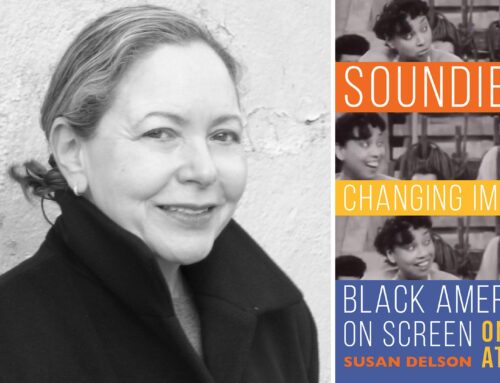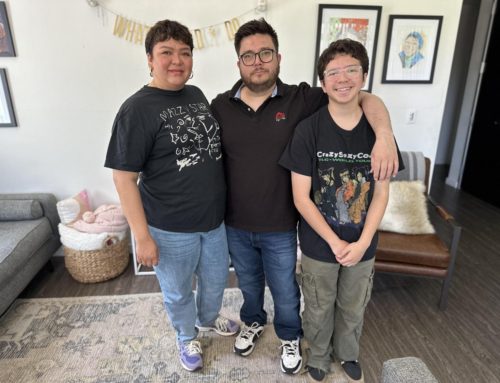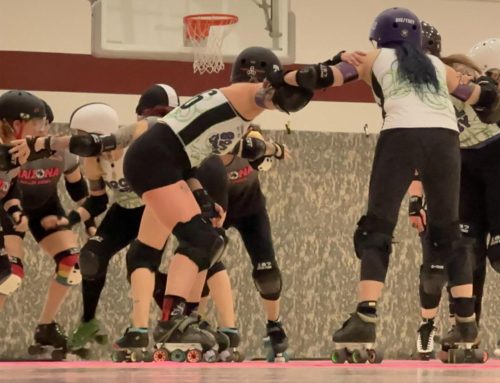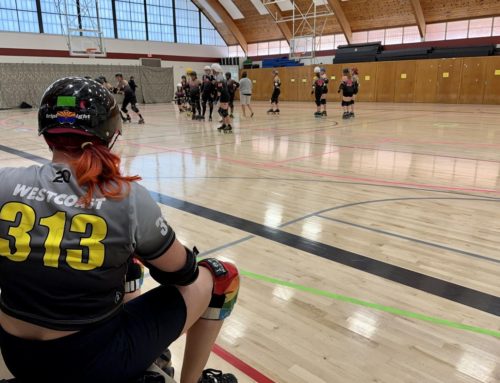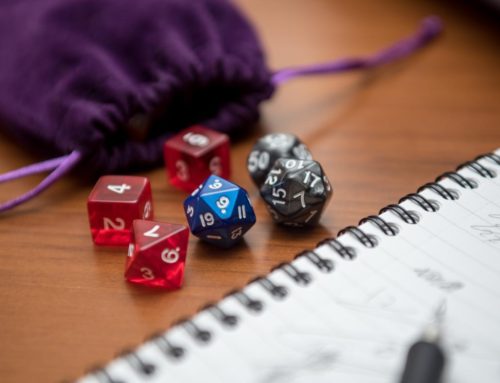A new cerebral palsy clinical trial looks promising
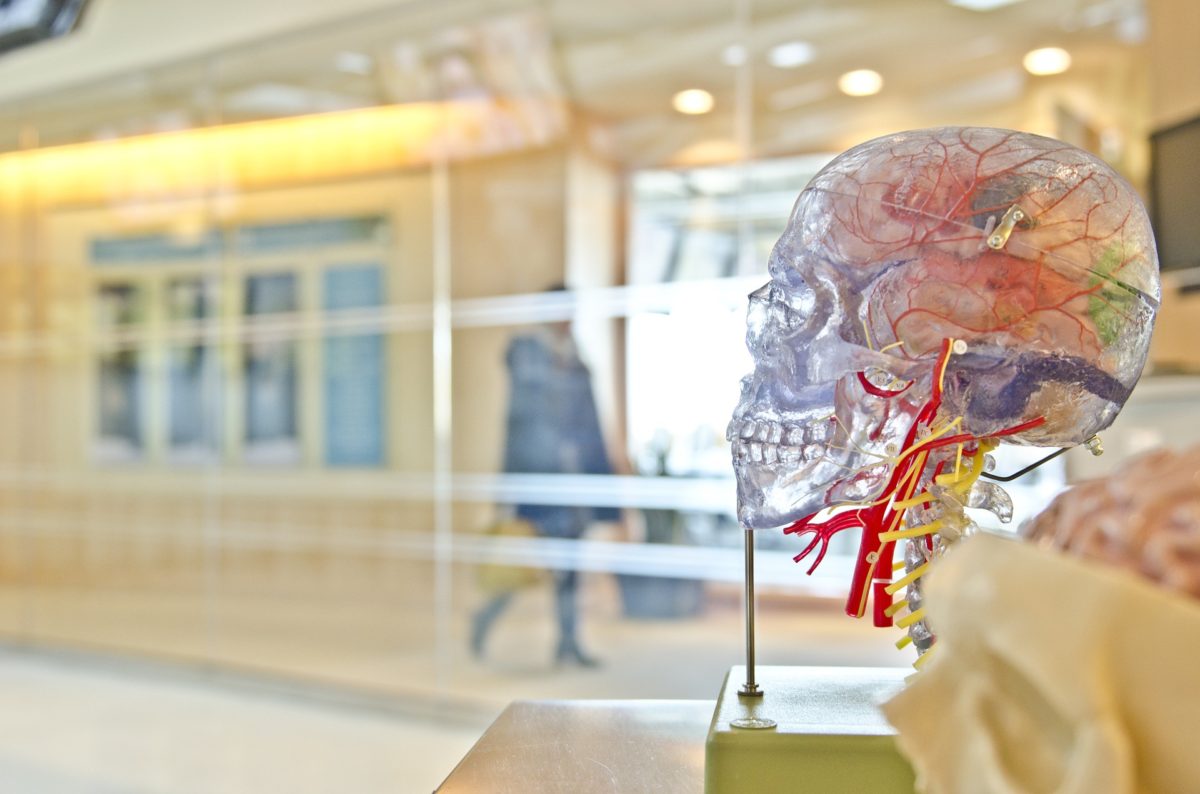
Photo courtesy of Pixabay
By Jill Ryan Oct. 10, 2019
Phoenix, Ariz.–If you lost the ability to use your left hand, but you kept yourself from using the right, could you get the left to function again? The theory behind neuroplasticity says yes, and it’s this theory that may lead to a new standard of treatment for people with cerebral palsy.
Dr. Burris “Duke” Duncan is a pediatrician of nearly 60 years, who has worked primarily with kids with disabilities. He oversees a new clinical study to determine whether a more intensive therapy regime for people with cerebral palsy will improve their motor function.
At the United cerebral palsy (UCP) Laura Dozer center, one of the clinical trial sites, Duncan announced to an attentive audience that intensive therapy was the future for people with cerebral palsy.
“We got to do something intensive to make sure we get that brain working,” Duncan said.
Cerebral palsy has no cure. Duncan said that in some children it is a mild motor dysfunction, but can confine others to wheelchairs. He says it’s the neurons in the brain that are damaged, which cause cerebral palsy.
“[But] there are adjacent neurons that are not damaged, and if they are simulated, theoretically they can take over for the damaged neurons,” Duncan said.
Returning lost function to the person.
“That’s what we’re trying to do in this study–to stimulate those adjacent neurons,” Duncan said.
He says the standard treatment of people with cerebral palsy, in the United States, is to have physical therapy once a week and occupational therapy once every two weeks.
“It’s not enough,” Duncan said.
The study he oversees is called the “Intense Physio Therapies to Improve Function in Young Children with cerebral palsy.” Duncan says the study has three goals: compare the effectiveness of intensive therapy to standard therapy; analyze if intensive therapies make things better, worse, or the same; and determine if intense therapy should start early in life or a little later.
The study works in intervals of 48 weeks. Its patients are between 12 and 36 months old with spastic cerebral palsy–the most common type. They are randomly placed into two groups; one gets physical therapy and occupational therapy five times a week for the first 12 weeks, and then changes to the U.S. standard. The other group starts with the standard and then receives intensive therapy during the last 12 weeks.
The analysis of the study isn’t available yet, but Duncan tells the audience that his expectations are that intensive therapy will cause “significant clinical improvement.”
The audience was mostly composed of people with cerebral palsy or family members wishing to learn about the latest research. Alison Lejlic wanted to meet the doctor in person because she has just enrolled her nearly 2-year-old daughter, Ajla–pronounced: “eye-la”– into the clinical trial. Alison had given birth to quadruplets, prematurely, at 24 weeks. Only Ajla and her twin sister Claire survived, both significantly underdeveloped.
“Her sister, [Claire] who was much more ill in the [Neonatal Intensive Care Unit], much more ill when she came home, started surpassing [Ajla]…Claire started being able to do things that Ajla wasn’t doing yet, even though Ajla was ‘healthier’ than her sister…that’s when I started saying ‘something isn’t right here.’”
Two audience members, Janie Wallace and her sister Dianne, had a little brother with cerebral palsy. David died in 1968 just before he turned 13. Janie was 21 at the time.
“When he passed away, I went into his room, sat down, he was still warm and…I told him I was going to try to be the best person I could, and that if there was any way I could help in the long run, that has to do with cerebral palsy, I was going to do it. I won’t ever forget.”
Janie and Dianne wanted to learn about the latest research in cerebral palsy, in honor of her brother. Janie is in the process of donating a couple thousand dollars to UCP, she did not say the exact amount. Janie celebrated her 72 birthday by attending this speech.
Intense physical therapy and occupational therapy for children with cerebral palsy are not technically new. In fact, Duncan says it is practiced in most Asian and Eastern European countries. He is trying to bring the practice to the United States.
He first heard of intensive therapy 15 years ago on a trip to China. He found that as soon as a child with cerebral palsy is diagnosed, the doctors would advise the mother to stay with her child in the hospital for three months. The child then receives physical therapy, occupational therapy, hydrotherapy and acupuncture throughout the stay.
Duncan was intrigued and got a grant from the Arizona Biomedical Commission to observe the practice. He found that the children showed signs of “great clinical improvement.” His next step was to see if something similar was feasible in the United States.
“Certainly you can’t put the child and the mother in the hospital for three months…insurance will not pay for it and there’s no way the mother’s going to do that,” Duncan said.
So he conducted a study at the Tucson Medical Center where he had a mother bring her child, between 18-36 months, to the clinic five days a week for 12 weeks. And he said it was successful.
“Their attendance rate here was 82 percent…some mothers were driving an hour away to come to Tucson to do that therapy, and the functional improvement was about the same as it was in China.”
From there he received a 5-year-old grant from the National Institutes of Health to conduct the current clinical trials. The study originally was set to end in 2019, but they requested a one-year extension.
“I need more patients,” Duncan said.
He hopes to get to at least 100 patients; he said he currently has about 77.
“The goal [of this study] is to change the standard of care,” Duncan said. “We’ve got a lot of neurons that we never use, about half of them, so let’s get those [working]…and make the child better.”

